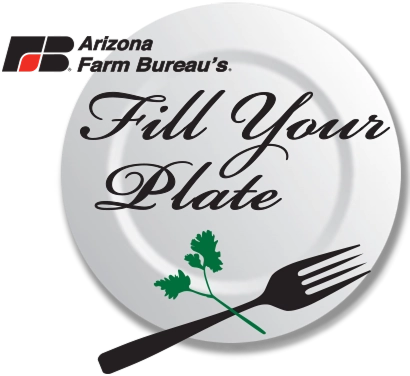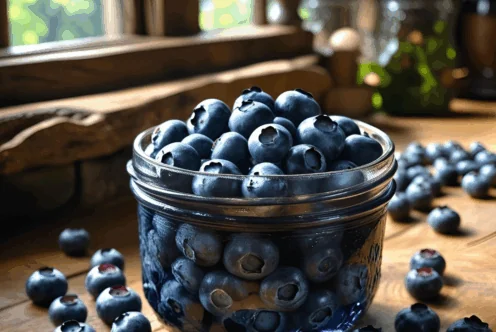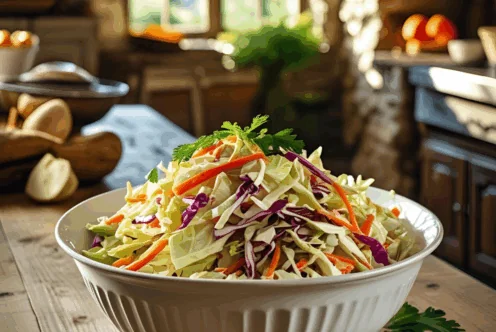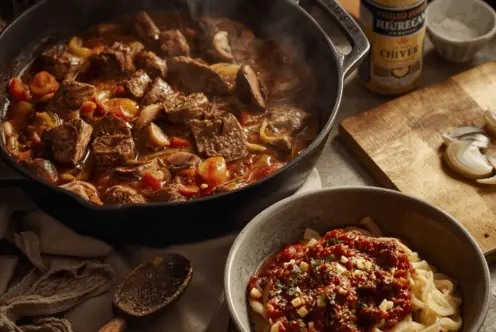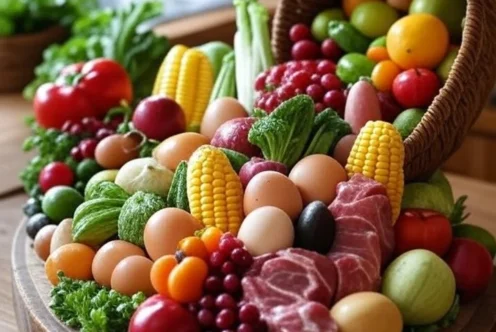Blog
Understanding “Best By” Dates to Avoid Food Waste
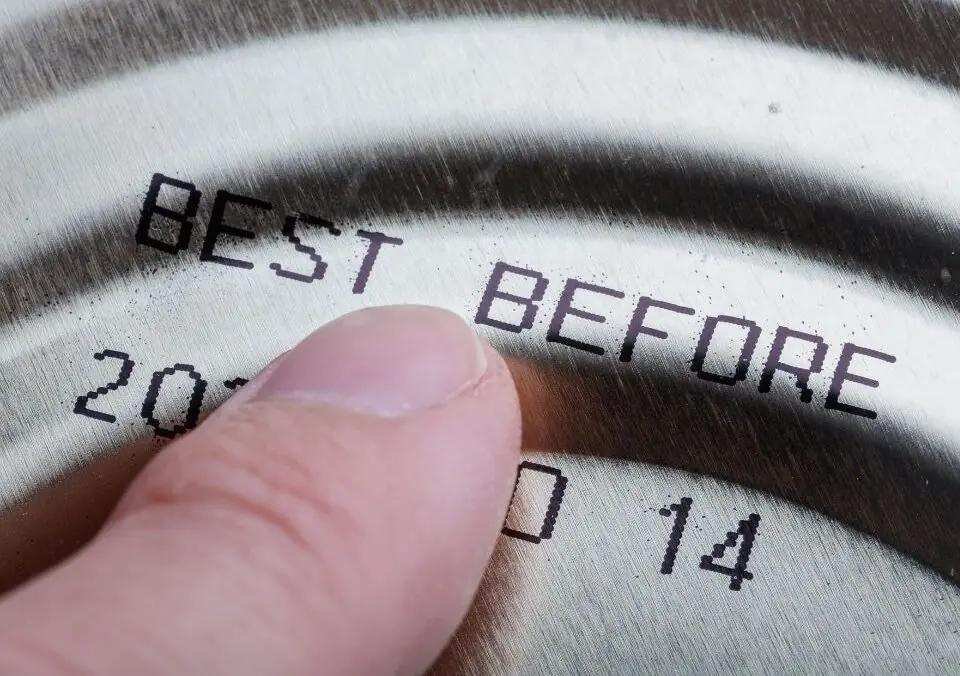
Whenever we purchase food products, we often notice a “Best By” date printed somewhere on the packaging. It’s a date that many consumers instinctively respect, often leading to the belief that a product is spoiled the instant that date is reached. However, this understanding is not just simplistic; it can be harmful. In fact, according to the Food and Drug Administration (FDA), consumer misunderstanding of these dates contributes to approximately 20% of all food waste in the United States. This article aims to clarify what “Best By” dates really mean and how we can better manage our food consumption to reduce unnecessary waste.
What Do “Best By” Dates Mean?
“Best By” dates are often confused with expiration dates, but they serve a different purpose. The FDA explains that these dates are indicators of quality rather than safety. According to the FDA, “Best By” dates are suggested dates for when a product will be at its peak freshness, flavor, and nutritional value. They are not indicators of when food becomes unsafe to consume.
For example, canned goods or dry pasta usually have a longer shelf life than the date printed on their packaging might suggest. Many products, if kept in a cool and dry environment, can remain consumable well after their “Best By” date.
Types of Dates on Food Packaging
To better understand food labeling, it’s essential to recognize the various types of dates that may appear on food packaging. Here are some common terms you might encounter:
- Best By: Indicates when the product is at its peak quality. After this date, it may not taste as fresh but is often still safe to consume.
- Sell By: This date is primarily for retailers, indicating how long a product should remain on the shelf. It’s not an indication of food safety.
- Use By: This date is typically found on perishable items. It’s the last date recommended for the use of the product while at its best quality.
- Freshest By: Similar to “Best By”, this date signals when the product will be at its best quality; however, the product may still be safe to eat after that date.
Understanding these distinctions is crucial in making informed decisions about food safety and quality.
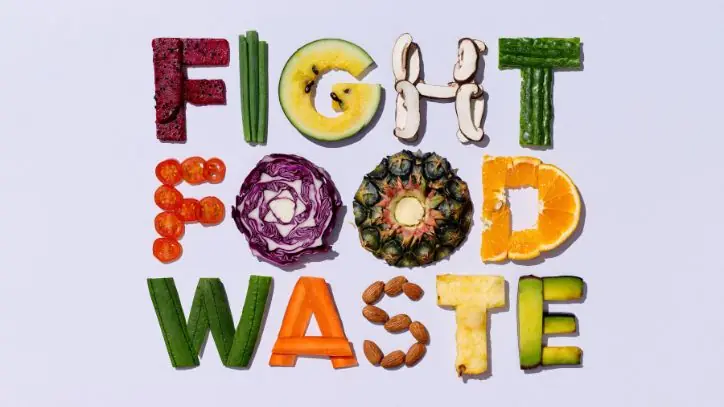
The Problem of Food Waste
Food waste is an alarming issue that affects our environment, economy, and society. The United Nations Food and Agriculture Organization estimates that roughly one-third of all food produced globally is wasted. The repercussions of this waste are profound. It contributes to greenhouse gas emissions, squanders resources such as water and energy, and increases landfill volumes.
In many cases, food is discarded not due to spoilage but because consumers misinterpret dates on packaging. For example, a survey conducted by the Harvard Food Law and Policy Clinic found that 84% of respondents misinterpret “Best By” dates, leading to unnecessary discards.
Freshness vs. Safety
It’s important to note that while “Best By” dates primarily address quality rather than safety, consumers should always use their senses to determine if a food product is still safe to eat. Here are some guidelines for evaluating the freshness and safety of food:
- Smell: Trust your nose. If the product emits an off-putting or sour odor, it’s best to discard it.
- Taste: A small taste test can sometimes indicate the quality, but only after the smell has been assessed.
- Texture: Changes in texture can be a sign of spoilage. For instance, a yogurt might separate or appear lumpy.
- Appearance: If you see mold, discoloration, or any other unacceptable changes, it’s safer to dispose of the item.
Using the “Best By” Date to Your Advantage
To minimize food waste while ensuring you enjoy your food at its best, consider the following strategies:
- Plan Meals Ahead: Meal planning can help ensure that you use products before their “Best By” dates. This not only aids in minimizing waste but also saves you money.
- Store Food Properly: Proper storage can significantly extend the life of your groceries. For instance, keep perishable items like fruits and vegetables in the refrigerator to delay spoilage.
- Rotate Your Stock: When purchasing new items, place them behind older ones in your pantry or fridge. This makes it more likely that you’ll use products before they pass their optimal dates.
- Labeling: If you freeze or store bulk goods, consider labeling them with the date of purchase or the “Best By” date. This reminder can keep you mindful of what should be consumed first.
- Get Creative with Leftovers: Use leftover ingredients in creative ways. For example, wilted vegetables can be blended into soups or smoothies, and stale bread can be used to make breadcrumbs or croutons.
What About Perishable Goods?
Perishable goods, such as dairy and meat, require more careful handling. While these products also have “Best By” dates, it is advisable to be more cautious around these items. Always check them for signs of spoilage. The USDA recommends keeping perishable items stored in the refrigerator at or below 40°F (4°C) to minimize spoilage.
The Role of Manufacturers
Food manufacturers play a crucial role in how we interpret “Best By” dates. While they are not required by law to include such labels (except for infant formula), companies often do to communicate product freshness. If consumers have questions or concerns, they can typically find the manufacturer’s contact information on the packaging. Many companies encourage feedback and are willing to answer questions about their products.
Educational Resources
There are numerous organizations and initiatives aimed at educating consumers about food waste and extending the shelf life of products. One notable resource is the Food Waste Challenge, which seeks to raise awareness and promote practices that can help reduce waste at home and in businesses.
Another valuable resource is the Love Food Hate Waste program, which offers tips, recipes, and information on how to save food from becoming waste.
Conclusion
Understanding “Best By” dates can significantly reduce food waste and help consumers make informed choices about food safety and quality. By recognizing that these dates are often more about peak quality than safety, we can save food that is still perfectly fine to eat. Utilizing techniques like meal planning, proper storage, and relying on our senses allows us to treat food with respect, ultimately contributing to a more sustainable lifestyle.
As consumers, we have the power to make smarter choices that align with both our values and the environment. The next time you check the pantry or refrigerator, remember to assess quality rather than lean blindly on the date printed on the package. By adopting this mindset, we can collectively curb food waste and promote a more sustainable future.
For a deeper dive into mindful food consumption and waste reduction strategies, explore additional articles on the Fill Your Plate blog.
By adopting a more informed approach to understanding food dates, we can enjoy our food, protect our environment, and make the most of the resources we have.
By Heide Kennedy, Arizona Farm Bureau Communications Intern

